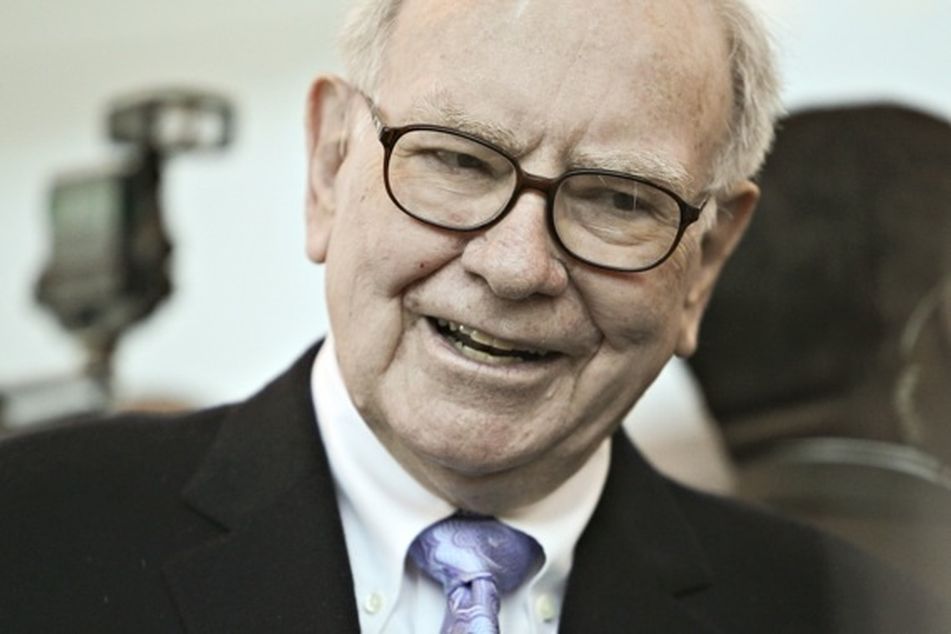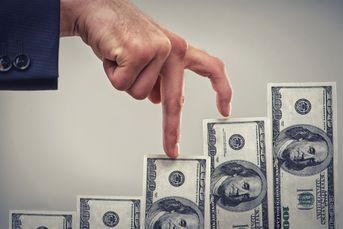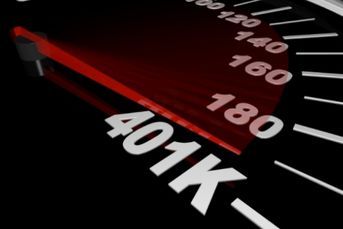Buffett rule will clobber Mitt Romney — but won’t jolt Albert Pujols
 He started all of this
He started all of this
Proposal likely to smack those with lots of capital income; ordinary income not so much
President Barack Obama is promoting a “Buffett rule” setting a minimum tax rate for top earners to ensure they pay a higher percentage of their income than middle- class families. For the most part, they already do.
The average tax rate, including payroll taxes, for the middle 20 percent of U.S. families will be 15.9 percent in 2015, according to an estimate by the Tax Policy Center, a nonpartisan research group in Washington. Of the 217,000 households that would be affected by the Buffett rule, only 4,000 will have incomes exceeding $1 million and tax rates below 15 percent, under slightly different measures of income and taxes by the center.
“The taxes paid by middle-class families are a lot lower than we think they are,” said Roberton Williams, a senior fellow at the center. “Most people don’t think about what their average tax rate is.”
Obama plans to campaign for the Buffett rule today in Boca Raton, Florida, as he and Democrats in Congress move the issue to the forefront of their election-year agenda. Calling for tax fairness before the April 17 tax-filing deadline, Senate Democrats plan a procedural vote April 16 on a Buffett rule proposal by Senator Sheldon Whitehouse of Rhode Island.
The measure probably won’t have the votes needed to advance in the Senate, where Republicans — who deride the emphasis on the Buffett rule as political theater — have the ability to block legislation.
‘The Stupid Rule’
“The Buffett rule, amongst economists, could also be called the stupid rule,” said Kevin Hassett, a senior fellow at the American Enterprise Institute, a Washington group that supports free enterprise. “It’s basically just a back-door way to hike taxes on capital.”
Under current law, capital gains and dividends are taxed at a top rate of 15 percent while wages and other ordinary income are taxed at as much as 35 percent. A new 3.8 percent tax on unearned income takes effect in 2013.
In naming their proposal, Democrats invoke billionaire investor Warren Buffett, who maintains he pays a lower tax rate than his secretary does, largely because of the preferential tax treatment given to capital gains and dividends.
The Senate measure would require households with adjusted gross incomes exceeding $2 million a year to pay a minimum tax rate of 30 percent. Households with incomes between $1 million and $2 million would pay part of the taxes needed to boost their tax rate to 30 percent.
Adjusted Gross Income
The bill calculates the tax rate by using adjusted gross income as the base and includes employees’ share of payroll taxes as part of the taxes paid. Households could deduct charitable contributions under the measure.
The bill would raise U.S. tax revenue by $47 billion over the next decade, according to the Joint Committee on Taxation, the nonpartisan scorekeeper for Congress. The estimate assumes that George W. Bush-era income tax cuts would expire as scheduled at the end of the year. If those tax breaks stay in place, the joint committee estimates that the bill would raise $162 billion, according to Whitehouse’s office.
High earners including Buffett and Republican presidential candidate Mitt Romney would be “clobbered” by the Buffett rule, Williams said. Measured as a share of adjusted gross income, Romney, the co-founder of Bain Capital LLC, paid a 13.9 percent rate for tax year 2010, according to tax returns released by his campaign.
Professional Athletes
Corporate chief executives and professional athletes like Albert Pujols with multimillion-dollar salaries would see less of a change in their tax rate because their pay is taxed as ordinary income. High-income households with a mix of ordinary and capital income have rates between 15 and 30 percent. Their taxes would go up under the Buffett rule although they already pay more than middle-class households do.
Obama has framed his push for the Buffett rule as a fairness issue, and made the case by comparing effective tax rates paid by different income groups.
“If you make more than a million dollars annually, then you should pay at least the same percentage of your income in taxes as middle-class families do,” the president said in an April 3 speech in Washington.
A 30 percent tax rate “shouldn’t be too much to ask,” said Seth Larson, a spokesman for Whitehouse.
“Those who can afford it should pay a little more in taxes,” Larson said. “This has been a guiding principle of our tax code for generations, and the Paying a Fair Share Act would simply restore that balance.”
Calculating Effective Rates
There are different ways to calculate effective tax rates, and the way it’s done can shape the results, said Jon Bakija, an economics professor at Williams College in Massachusetts.
“It’s legitimate to say that there are some millionaires who are paying lower average rates than their secretaries,” Bakija said. “It’s not a large fraction of millionaires, but it’s some.”
According to the administration’s data, the median effective tax rate for the middle 20 percent of U.S. taxpayers is 13.3 percent, including income, payroll and corporate taxes. For the top 1 percent of taxpayers, the rate is 29.6 percent, according to the 2012 Economic Report of the President. Still, 10 percent of the high-income households have tax rates of 8.7 percent or less.
The definition of taxes paid can affect the calculation. Including payroll taxes — those for Social Security and Medicare — makes middle-income workers’ tax rates appear higher. Counting only income taxes makes their tax rates appear lower in comparison to those for people with more income.
Bearing the Burden
The calculations also can depend on assumptions about who bears the burden of some taxes. Examples are whether the corporate tax is assigned to households based on capital ownership or whether it’s assumed that employees shoulder the cost of the employer’s side of the payroll tax.
Williams said taxpayers and lawmakers sometimes confuse marginal and average rates. People in the 15 percent income tax bracket don’t pay 15 percent of their income in taxes. Personal exemptions, deductions, tax credits and the effect of the 10 percent bracket reduce those taxpayers’ average rate.
–Bloomberg News–
Learn more about reprints and licensing for this article.






